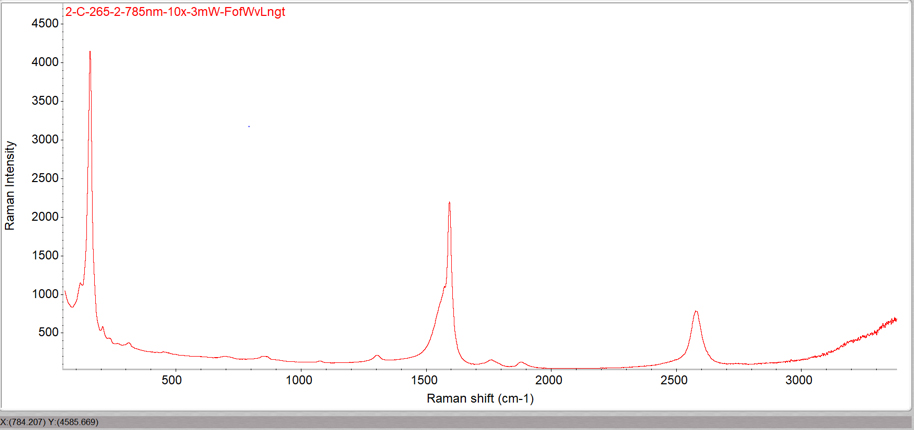The conductivity of wires made from CNTs is a complex subject that involves, among other things, nanotube chirality, defects, contamination and alignment. These factors were discussed in a book chapter available at https://www.sciencedirect.com/science/article/pii/B9780128126677000185. Boronite has developed a patent pending process to make yarns composed of single wall carbon nanotubes of predominantly metallic chirality. We call these yarns QuantumWire because of the nature of the conduction within these small structures. In general terms the growth process involves creating a catalyst of the desired size, using a proprietary fuel mixture and carefully controlling the amount of hydrogen inside our reactor. The motivation for chirality control is that these metallic tubes have a zero or near zero bandgap.
Applications
General Purpose Wiring: Applications where this wiring has an advantage over standard conductors such as copper or aluminum include very thin wiring resistant to mechanical failure, applications where the wiring has to be transparent to x-rays, or wiring where resistance to corrosion is important such as inside the body. For some applications a simpler wire composed of dual wall CNTs would be sufficient.
Electronic devices: Semiconductor nanowires can be used for transistors1. Transistors are used widely as fundamental building blocks in today's electronic circuits. The advantage of CNTs for these applications come from the very high mobility of charge carriers in short nanotubes and the extremely good conductivity in single nanotube devices. As a result, heat buildup is minimal and electromigration is eliminated, so switching speeds are high.
Metallic Quantum wires: These were developed to promote a highly conductive material that can take high temperatures during extreme electron emission. Quantum wires contain a distribution of single wall CNT bundles in which all the tubes are the same length and within the bundle are well bonded together. Such bundles can have excellent properties. At low temperatures wires of this kind of nanotube are expected to provide better behavior than comparable dual wall CNTs.
Applications include: Electron emitters where heat transport as well as electron transport are important. Low temperature applications where the metallic conductors will start to show an advantage over semiconductors.

Figure 1: The unique Raman spectrum at 785nm
Resources
Dekker, Cees; Tans, Sander J.; Verschueren, Alwin R. M. (1998). "Room-temperature transistor based on a single carbon nanotube". Nature. 393 (6680): 49–52. Bibcode:1998Natur.393...49T. doi:10.1038/29954.
Martel, R.; Schmidt, T.; Shea, H. R.; Hertel, T.; Avouris, Ph. (1998). "Single- and multi-wall carbon nanotube field-effect transistors" (PDF). Applied Physics Letters. 73 (17): 2447. Bibcode:1998ApPhL..73.2447M. doi:10.1063/1.122477.